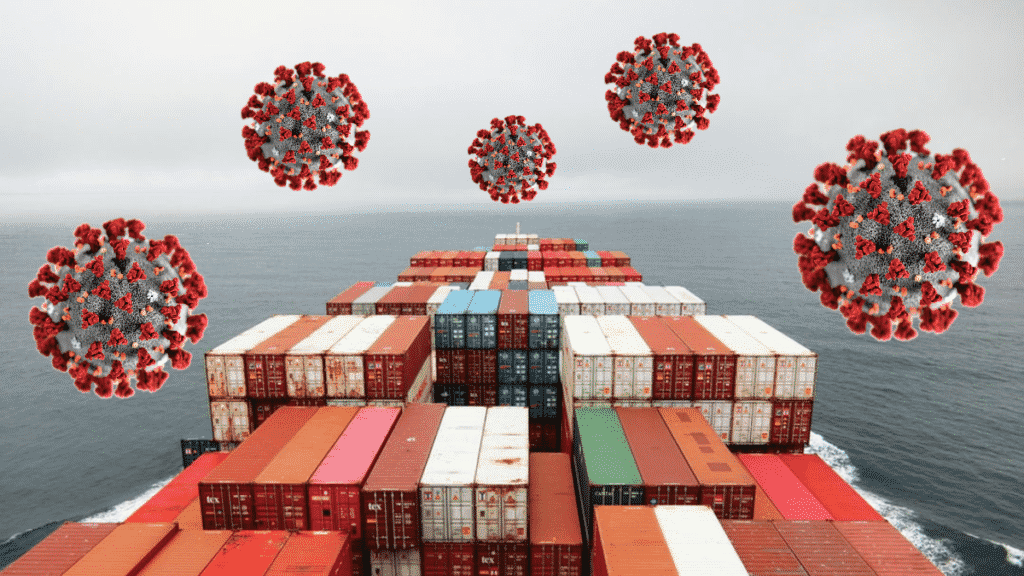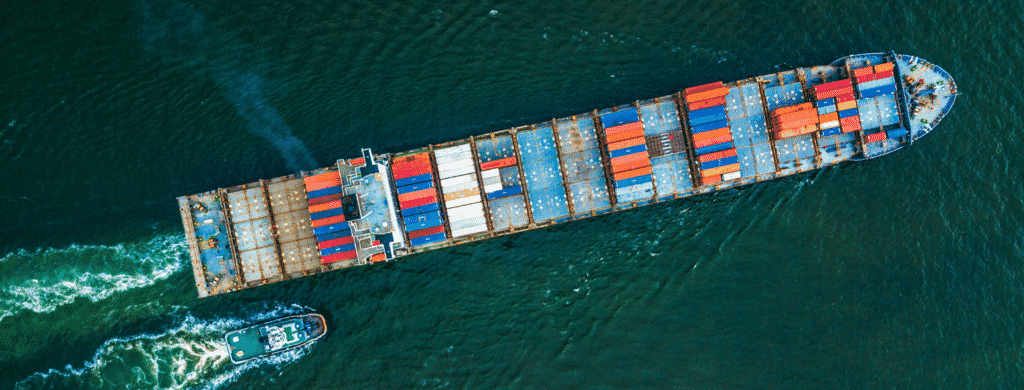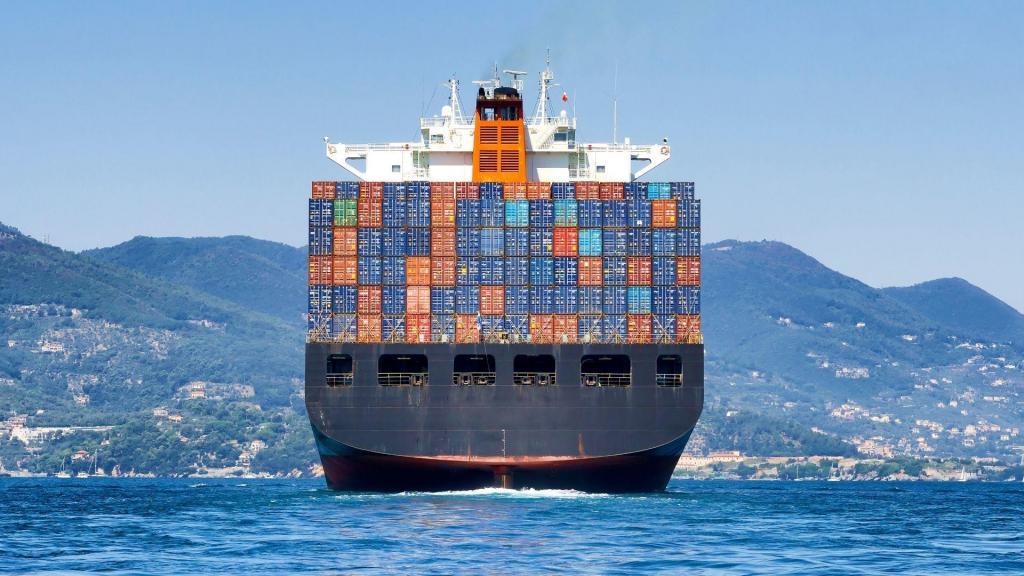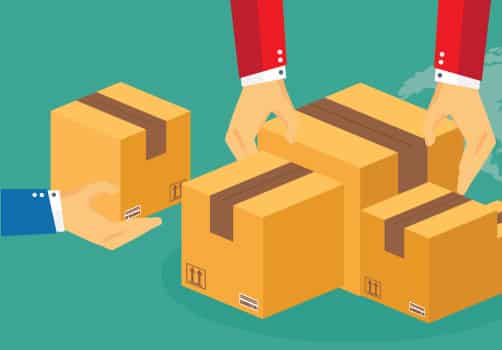The 2020 holiday shipping season is shaping up to be like nothing we’ve ever seen before. Ecommerce has roughly doubled in size since this time last year, and retailers are taking extreme measures to stagger out sales so they can fulfill them on-time. One such example being running holiday sales as early as October.
Indeed, even though it’s just mid-November as we write this, Fulfillrite is busier than ever. We’re still meeting our service agreements despite the extreme demands of the year, but it’s tough! Even retailers like Amazon are having trouble shipping quickly.
But perhaps no one is working harder this year than freight shippers. Between the COVID-19 pandemic and the massive eCommerce boom, freight shippers are running into problems left and right. That’s what we’re going to talk about in this post. We want you to understand the complexity of the situation so you can plan your business around it.
How the coronavirus changed supply chains everywhere earlier this year

To properly understand just how much freight shippers are dealing with right now, you need to understand how coronavirus changed supply chains everywhere earlier this year. February through April 2020 were a time of immense strain for everyone working in supply chain management, be it frieght shipping or order fulfillment.
Here are the basics:
- Health and safety needs changed rapidly.
- Country-wide lockdowns and travel restrictions created uncertainty.
- Panic buying did not follow typical consumer behavior problems.
- Supply chains are being reconfigured because our nations needs medical supplies.
- Prices fluctuated unpredictably.
- Communication slowed down.
- Just-in-time supply chains were extra vulnerable.
- Rigid supply chains snapped.
- Confusing supply chains became untenable.
- The true extent of our dependency on China became obvious.
Thankfully, we’ve made progress in a lot of key ways. We know that masks help prevent the spread of the disease. Panic buying is, well, not gone, but at least somewhat more predictable. Shipping prices have stabilized, albeit at a much higher level than before. Life in the shipping world isn’t as bad as it was in March 2020.
But one massive problem remains that can’t be easily solved for freight shippers: the sheer volume of items to ship. We at Fulfillrite, or for that matter, companies like UPS, FedEx, and Amazon, can always hire temp workers and give them hazard pay.
But big freight companies? You’re not just going to find a glut of sea captains, pilots, or even truck drivers. Hence…
Freight shippers are scrambling to keep up

American Shipper is using the phrase “shipageddon” without irony to describe what’s going on right now. According to GWL, there is “massive congestion in transpacific shipping.” They attribute this to the following causes:
- Almost all origin points in Asian are short on equipment, particularly shipping containers.
- There’s extremely high demand for shipping space, even though carriers have increased their capacity by 20% in the last year.
- A large percentage of vessel departures are delayed.
This, in turn, is having the following impacts:
- Ships are anchoring outside of ports for days at a time, sometimes even a full week.
- The Los Angeles & Long Beach ports are very backed up, as are the rail stations in Vancouver. These are all major ports of entry for inventory coming from Asia.
American Shipper notes other problems which GWL didn’t. For starters, freight rates are almost three times what they were this time in 2019. There are few available ships to charter. They also note that even ports like Savannah, Georgia are becoming backed up.
They’re trying as hard as they can
We can’t make this point clearly enough. The freight shipping companies are trying as hard as they can to make the best of an awful situation. Trying to cope with an unprecedented surge in demand is no joke when you’re in a capital-intensive business that relies on skilled workers.
In short, the plan right now is to make the absolute most out of limited supplies so that they can get through a short-term crisis.
You can’t just jury-rig Transpacific boats and you can’t hire captains off the streets. Container shipping alliances such as 2M are practically begging for the return of empty containers so they can keep inventory moving in a timely manner.
All of this is happening while the tanker owners are taking losses. It’s just the perfect storm for the freight shipping industry right now.
What you can do to keep your business running

At this point, there’s relatively little you can do if you haven’t prepared already. However, there are still a few things worth mentioning here.
First and foremost, while sea shipping remains one of the cheapest ways to get items from Point A to Point B internationally, air shipping is also an option. It’s usually faster and more reliable. Many business choose sea shipping primarily for its inexpensiveness, and that may not be a worthwhile trade-off right now.
If you need inventory or supplies quickly, you can also buy domestic too. That will allow you to ship goods by truck or rail instead of sea or air.
Sometimes, though, that’s just not possible. If you are depending on sea shipping for inventory or supplies at this point, there’s really only one thing left that you can do. Communicate with your customers and manage their expectations.
We are experiencing disruption to freight shipping on a scale we haven’t seen before. Be open, honest, and straightforward with the people who rely on your business. Many companies are experiencing delays and shortages right now. All you can do is own it and do the best you can.
You’ve done everything by the book. Your Kickstarter campaign is almost ready to launch.
You made a great product. Built an audience. Set up a campaign page.
But how do you ship it?
We put this checklist together to help you get started. It's free.





